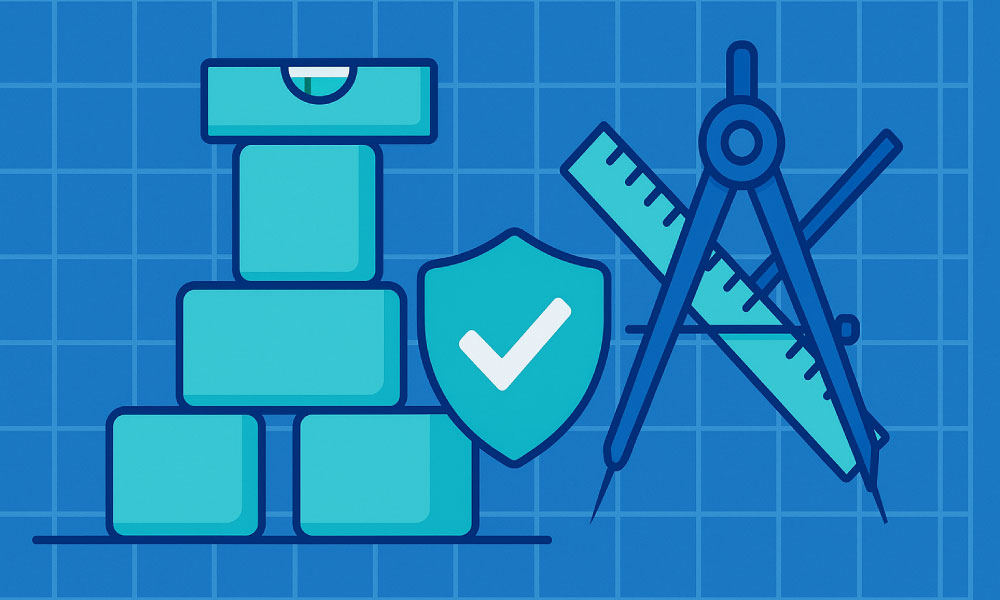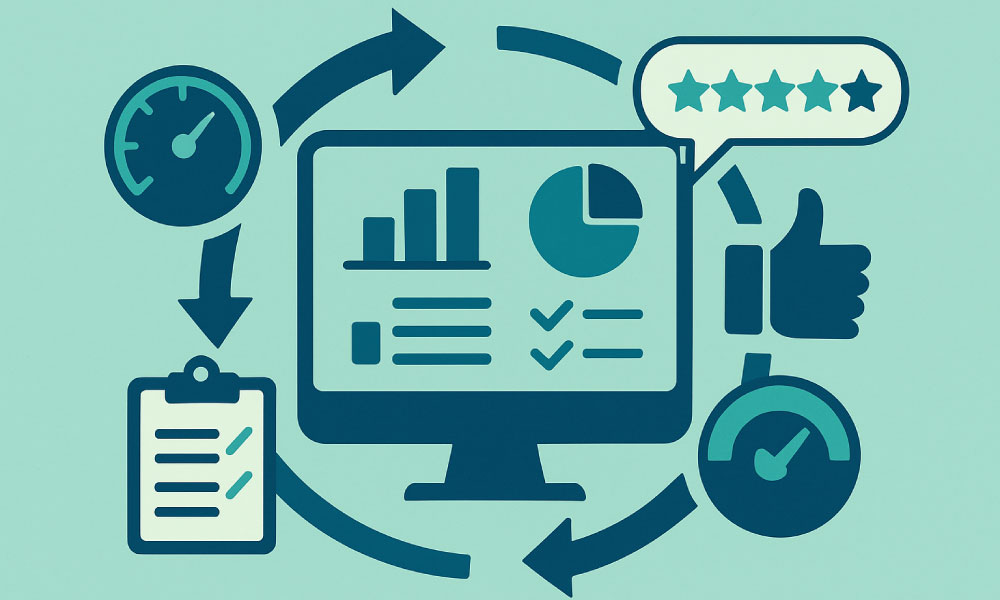
In today’s digital economy, remote work isn’t just a trend, it’s the new normal. From startups to global enterprises, companies are realizing that distributed teams offer unparalleled flexibility, access to top talent, and cost efficiency. Yet building a scalable remote team that maintains productivity, culture, and cohesion is not as simple as hiring people online.
To succeed, businesses need more than just tools, they need a strategy. Here’s how to build a high-performing, scalable remote team that grows with your organization.

1. Start with the Right Foundation
Before scaling, clarify your goals and structure. Ask:
- What roles are critical to your business growth?
- Which positions can (and should) remain remote?
- How will communication and accountability work?
Defining clear roles and workflows early helps prevent chaos as the team expands. Establish job descriptions, reporting lines, and measurable performance metrics.
A remote team isn’t just a collection of freelancers, it’s an ecosystem. The clearer your foundation, the faster you can scale without friction.

2. Hire for Skills, Autonomy, and Culture Fit
When you hire remotely, skills are only half the equation. Look for people who are self-driven, communicative, and adaptable, individuals who thrive without micromanagement.
Ask behavioral questions during interviews:
- “Tell me about a time you managed a project independently.”
- “How do you stay productive while working remotely?”
Beyond technical expertise, a strong cultural fit ensures long-term stability. The best remote teams are made up of people who share values, respect deadlines, and communicate proactively.
Use verified marketplaces and talent networks to find top professionals across fields like development, marketing, and design. This not only speeds up recruitment but also ensures quality control as you scale.

3. Build a Communication System That Scales
Communication is the lifeline of remote collaboration. Without structure, it can easily turn into chaos.
Implement a tech stack that keeps everyone aligned:
- Slack or Microsoft Teams for real-time messaging
- Notion or ClickUp for project management
- Google Meet or Zoom for weekly check-ins
- Loom or Asana updates for asynchronous communication
Create standard operating procedures (SOPs) for meetings, updates, and feedback. Keep communication transparent, but avoid over-communication — the goal is clarity, not noise.

4. Foster a Strong Remote Culture
Company culture doesn’t vanish just because your team is virtual, it evolves. A thriving remote culture requires intentional effort.
Encourage team rituals like:
- Weekly virtual coffee breaks
- Monthly town halls
- “Wins of the week” channels to celebrate milestones
Recognize achievements publicly and promote open discussions about challenges. A sense of belonging increases retention and motivation, even when your team spans continents.

5. Prioritize Scalable Systems and Automation
As your remote team grows, manual processes can slow you down. Automate repetitive tasks to boost efficiency.
Examples include:
- Automated onboarding using tools like Zapier or BambooHR
- Performance dashboards in Airtable or Google Data Studio
- Pre-recorded training sessions or documentation hubs for self-learning
By systematizing operations, your remote workforce can expand smoothly whether you have 10 or 100 team members.

6. Measure Performance and Provide Feedback
Scalability depends on consistency. Track performance with KPIs and dashboards that highlight both individual and team progress. Schedule regular one-on-ones to discuss challenges, feedback, and growth opportunities.
A transparent feedback culture ensures alignment and helps employees feel valued, which translates to better results and stronger engagement.

Scale Smart, Not Fast
Building a remote team isn’t just about growing numbers, it’s about growing sustainably. Focus on structure, culture, communication, and trust. When your team has the right systems and mindset, scalability happens naturally.
If you’re ready to find skilled professionals, collaborate on global projects, and scale your remote team efficiently, explore platforms like WeWe Talent Marketplace, where businesses and talent connect to shape the future of work.
